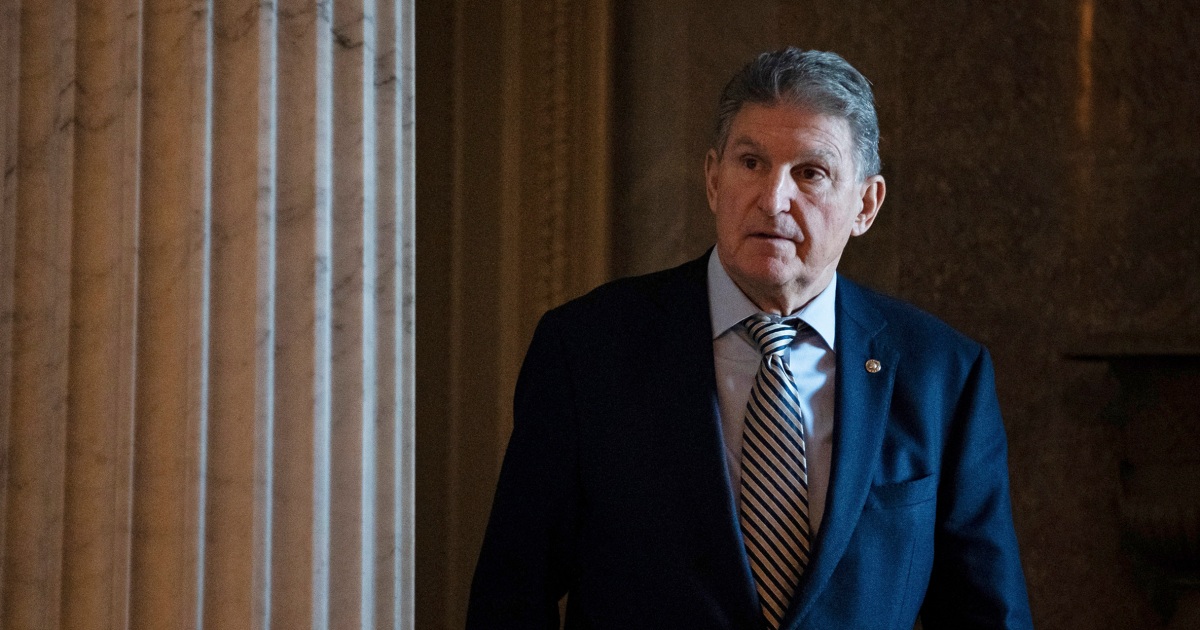
[ad_1]

Public policy is a series of choices. Lawmakers and regulators weigh resources available versus desired outcomes and through that process they shape the way the country functions. In this case, Congress made the choice to turn a successful experiment in boosting American families and lifting kids out of poverty into a catastrophic failure.
That failure was confirmed on Monday, when the Census Bureau released its latest statistics on poverty in America. While the country’s official poverty rate stayed the level in 2022, the bureau’s Supplement Poverty Measure, or SPM, which factors in noncash federal assistance and a broader range of necessary expenses, ticked up to 12.4%. That’s an increase of 4.6 percentage points from 2021, and the first time it rose since 2010, during the Great Recession. But the real heartbreaking statistic is that the SPM of childhood poverty more than doubled from 2021 to 2022 — from an all-time low of 5.2% to 12.4%. That equates to roughly 5 million kids who were worse off last year than they were the year before.
Much of that backslide resulted from the ending of the expanded Child Tax Credit, which was passed as part of the American Rescue Plan in 2021. As I wrote at the time, that stimulus bill included a $125 billion provision that boosted the credit’s reach in three important ways:
First, it would bump up the maximum credit from $2,000 per child to $3,000. (That would be raised to $3,600 for kids under 6.) Second, it would get rid of income requirements on one end and a refund cap on the other, meaning more families would be eligible for cash. And finally, its most intriguing aspect: Instead of getting it all at the end of the year, parents who qualify could expect to get checks of about $300 per child monthly starting this summer. At the end of the year, the other half of the credit would be applied to people’s taxes and would likely be refunded.
Taken together, those changes provided a major infusion of cash in the pocket of households that otherwise were struggling to make ends meet. Not long after the stimulus bill passed, researchers at the University of Chicago and the University of Notre Dame used census data to estimate that the child poverty rate had spiked to 17.4% over the course of the pandemic. Then the monthly checks started being doled out, which lead to the childhood poverty rate plummeting. An August 2021 paper from the Center on Poverty and Social Policy at Columbia University found that after just the first payment, the child poverty rate dropped to 11.9%, from 15.8%.
We knew this was coming and yet it still hurts to know that millions of children are now worse off than they were.
But the program was only designed to be in place for a year, with monthly checks going out starting in June and the remaining months of credits being applied to taxes at the end of 2021. It became pretty clear as 2021 wore on that the credit was likely on the chopping block as Congress wrestled with the Build Back Better plan that President Joe Biden had submitted to the Democrat-controlled House and Senate. And though congressional Republicans opposed the expanded credit’s extension, Sen. Joe Manchin, D-W.Va., shoulders most of the blame for the program’s ignoble death.
Manchin favored keeping the broadened CTC in place only if it included work requirements and other forms of “means testing” that would greatly limit its ability to help the neediest children. He reportedly told colleagues in private that unless such red tape was added, recipients of the tax credit would spend the money buying drugs. It’s worth noting here that just this month, yet another peer-reviewed study proved that idea was a myth. Instead, the study found, people given cash tend to use that money to provide basic necessities like food and shelter. (Manchin, when confronted with the new numbers on Tuesday, shrugged them off, saying, “The federal government can’t run everything.”)
Though the Census Bureau’s statistics only came out this week, the effect of the policy’s end was apparent almost instantaneously, as NBC News reported in January 2022. The prediction, which has been proved out, was that the poverty rate would skyrocket once again. Amber Fredenburg, 32, a house cleaner in Florida, told NBC News that the credit “helped us get by and not have to stay stressed about how we would have lights or water, if we would have somewhere to sleep.” Then, after less than a year, it was gone.
As Ryan Cooper wrote over a year ago, as the reality that efforts to revive the extended Child Tax Credit had failed sunk in, “It’s one of the most barbaric things I’ve seen in politics. It’s cold comfort to have proved that a child allowance can cut poverty, but it’s all we have at this point.” We knew this was coming and yet it still hurts to know that millions of children are now worse off than they were. Worse still is that they will remain impoverished when we know that there’s another option, thanks to the choices of our supposed leaders in Washington.
[ad_2]
Source link